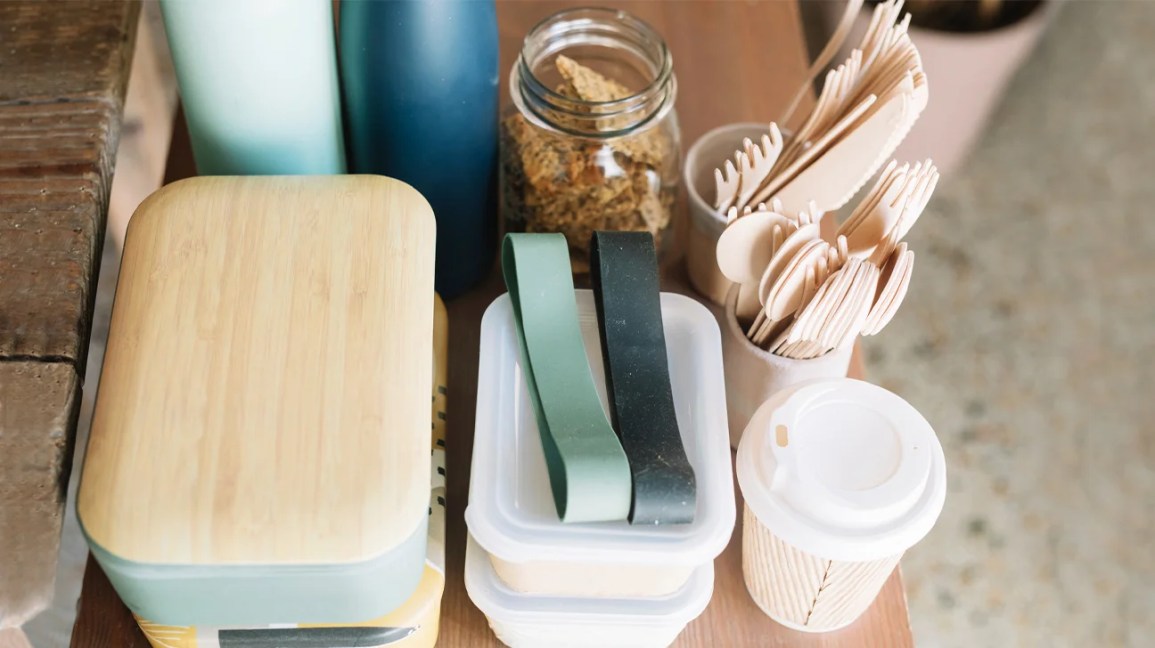
In this article, we will explore the top 10 essential DIY energy efficiency projects for your homestead.
By implementing these projects, you can reduce your energy consumption, lower your utility bills, and contribute to a more sustainable future.
From weather stripping and insulation upgrades to energy-efficient appliances and solar attic fans, these practical and cost-effective solutions will empower you to make a positive impact on the environment.
Enjoy the freedom of a more energy-efficient home.
Weather Stripping
Weather stripping is an essential component of any energy-efficient home. DIY weatherstripping installation is a practical and cost-effective way to improve the energy efficiency of your home while reducing energy costs. By sealing gaps and cracks around doors and windows, weather stripping prevents drafts, air leaks, and heat loss.
The benefits of weatherstripping are numerous. It improves indoor comfort by maintaining a consistent temperature throughout the home, reduces the strain on heating and cooling systems, and lowers energy consumption. Additionally, weather stripping helps to keep out dust, insects, and noise from entering your home.
With a variety of weatherstripping materials and installation methods available, it is a simple and effective home improvement project that can be easily tackled by any homeowner.
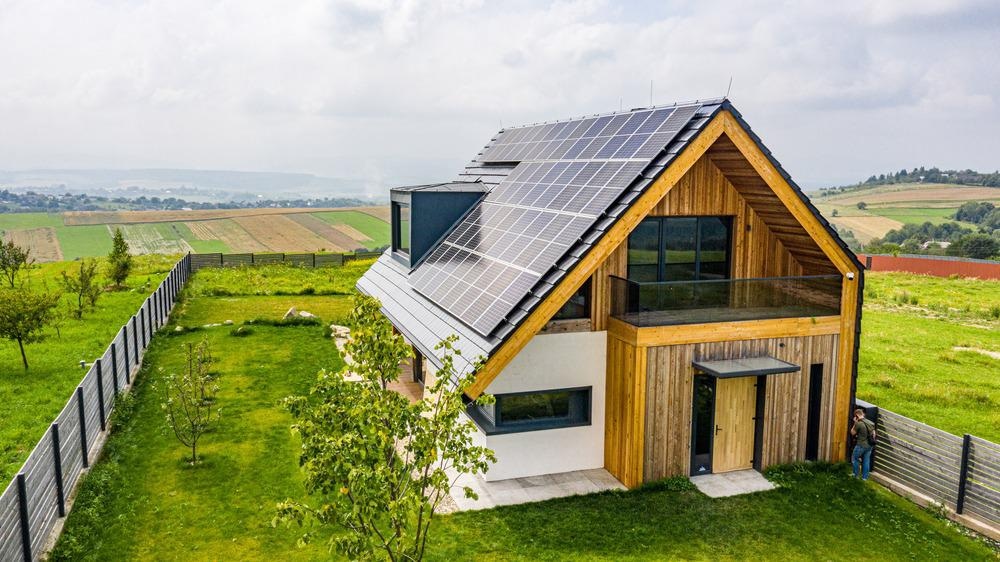
Energy-Efficient Windows
Energy-efficient windows are a key component of any sustainable home. By investing in cost-saving window upgrades, you can not only reduce your energy consumption but also lower your utility bills.
Additionally, it is important to consider the environmental impact of windows and choose materials that are eco-friendly and energy-efficient.
Cost-Saving Window Upgrades
One of the most effective ways to increase energy efficiency and save on costs in your home is through the installation of high-performance windows. Not only do these windows help to keep your home insulated, but they also reduce the need for artificial heating and cooling, resulting in significant cost savings over time.
When considering cost-saving window upgrades, there are a few options to consider:
- Energy efficient blinds: Investing in blinds that are specifically designed to block out heat and cold can help regulate the temperature in your home, reducing the need for excessive heating or cooling.
- Double glazing: Double glazing involves the use of two glass panes with a layer of air or gas in between. This design helps to reduce heat transfer, making your home more energy efficient and comfortable.
Environmental Impact of Windows
When considering the environmental impact of windows, it is important to recognize the significant energy-saving benefits that come with the installation of energy-efficient windows.
Energy-efficient windows are designed to minimize heat transfer, reducing the need for heating and cooling systems and ultimately lowering energy consumption. This not only helps homeowners save on energy bills, but also reduces their carbon footprint.
By reducing the demand for energy, energy-efficient windows contribute to sustainable design and promote a more environmentally friendly lifestyle.
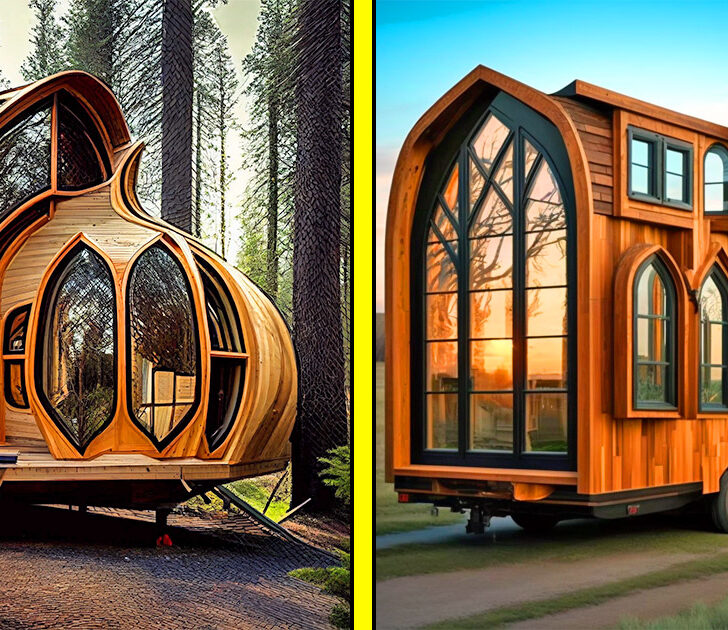
These windows are typically equipped with multiple panes, low-emissivity coatings, and insulated frames to enhance their energy-saving capabilities.
Investing in energy-efficient windows is a practical and cost-effective way to improve the energy efficiency of your home while positively impacting the environment.
Insulation Upgrades
The insulation upgrades for your homestead are a crucial step towards maximizing energy efficiency and reducing heat loss. By improving the insulation in your home, you can significantly lower your energy bills and create a more comfortable living environment. Here are two key aspects to consider when it comes to insulation upgrades:
- Insulation Types:
- Fiberglass: Affordable and effective at reducing heat transfer.
- Spray Foam: Provides excellent air sealing and insulation properties.
- Cellulose: Made from recycled materials and offers good thermal performance.
- Insulation Installation:
- Seal air leaks: Use caulk or weatherstripping to seal gaps and cracks around windows, doors, and other openings.
- Upgrade attic insulation: Add more insulation to your attic to prevent heat loss through the roof.
Taking the time to evaluate and improve your insulation can have a significant impact on your energy consumption and overall comfort. It's a practical and empowering step towards achieving energy independence and reducing your carbon footprint.
Energy-Efficient Lighting
When it comes to energy-efficient lighting, there are two main options to consider: LED bulbs and CFL bulbs. LED bulbs are more expensive upfront but have a longer lifespan and use less energy than CFL bulbs.
Additionally, natural light alternatives such as skylights and solar tubes can also be effective in reducing the need for artificial lighting during the day.
LED Vs CFL Bulbs
Comparing the energy efficiency of LED and CFL bulbs proves crucial in determining the most suitable lighting option for your homestead.
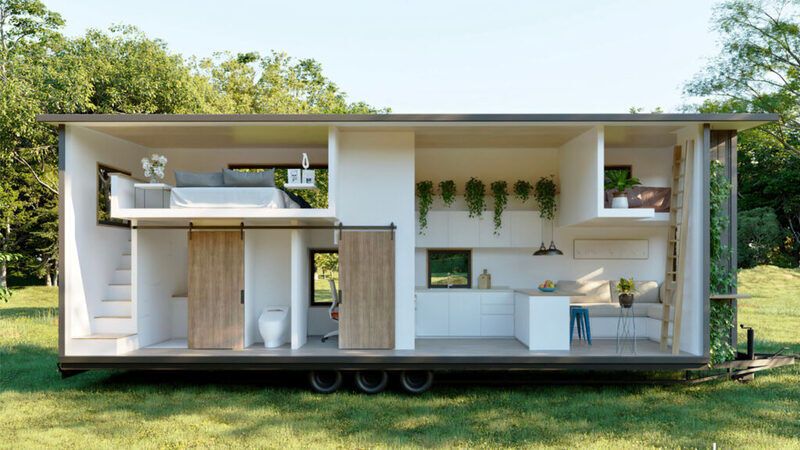
LED bulbs are known for their long lifespan, energy efficiency, and environmental friendliness. On the other hand, CFL bulbs are cheaper to purchase upfront but have a shorter lifespan and contain small amounts of mercury, which can be harmful if not disposed of properly.
Here are two sub-lists to help you understand the emotional impact of choosing between LED and CFL bulbs:
Benefits of LED bulbs:
- Lower energy consumption means saving money on electricity bills.
- Longer lifespan reduces the hassle and cost of frequent bulb replacements.
Concerns with CFL bulbs:
- Mercury content raises environmental and health concerns.
- Shorter lifespan means more frequent bulb replacements, leading to additional expenses.
Natural Light Alternatives
For optimal energy efficiency, consider incorporating natural light alternatives into your homestead's lighting system.
Natural light alternatives, such as skylights and solar tubes, can significantly reduce your energy consumption by harnessing the power of the sun.
Skylights are windows installed in the roof that allow natural light to illuminate the interior of your home. They not only provide ample light during the day but also offer a beautiful view of the sky.
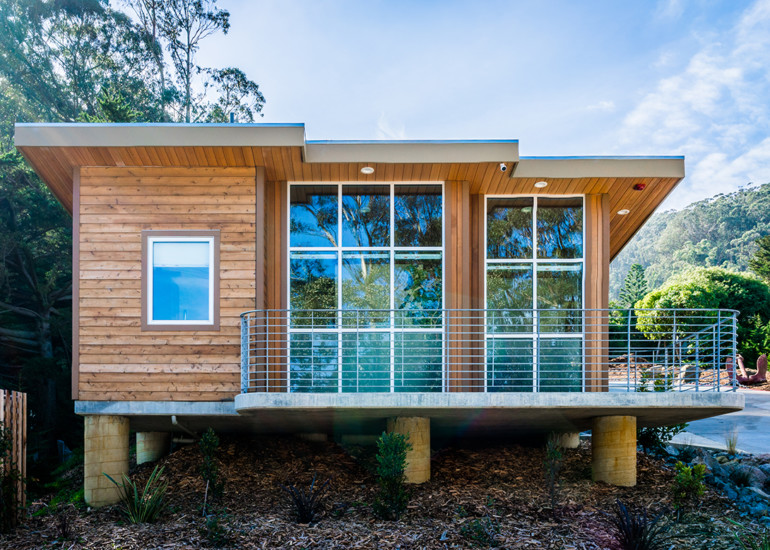
Solar tubes, on the other hand, are cylindrical tubes that capture sunlight from the roof and transport it into the desired room using reflective material. They are a great option for rooms without direct roof access.
Programmable Thermostats
Programmable thermostats are a practical addition to any homestead, allowing for efficient control of heating and cooling systems. Installing a programmable thermostat offers several benefits:
- Energy savings: By programming your thermostat to adjust temperatures when you're away or asleep, you can save on energy bills.
- Comfort and convenience: Set your preferred temperature for different times of the day, ensuring a comfortable living environment when you need it.
- Freedom to focus on other tasks: With a programmable thermostat, you don't have to constantly adjust the temperature manually, giving you more time for other activities.
- Environmental impact: By reducing energy consumption, you are contributing to a greener and more sustainable future.
To install a programmable thermostat, follow the manufacturer's instructions or consider hiring a professional for assistance. Enjoy the freedom of efficient heating and cooling while reducing your energy costs.
Sealing Air Leaks
Sealing air leaks in your home is crucial for improving energy efficiency and reducing utility costs.
Proper insulation helps to maintain a comfortable indoor temperature and reduces the strain on heating and cooling systems.
In addition to insulation, implementing energy-saving techniques such as weatherstripping can further prevent air leaks and save you money in the long run.
Importance of Insulation
Proper insulation is a crucial step in improving the energy efficiency of your homestead, as it helps to significantly reduce air leaks. By sealing these leaks, you can prevent the loss of heated or cooled air, resulting in lower energy bills and a more comfortable living environment.
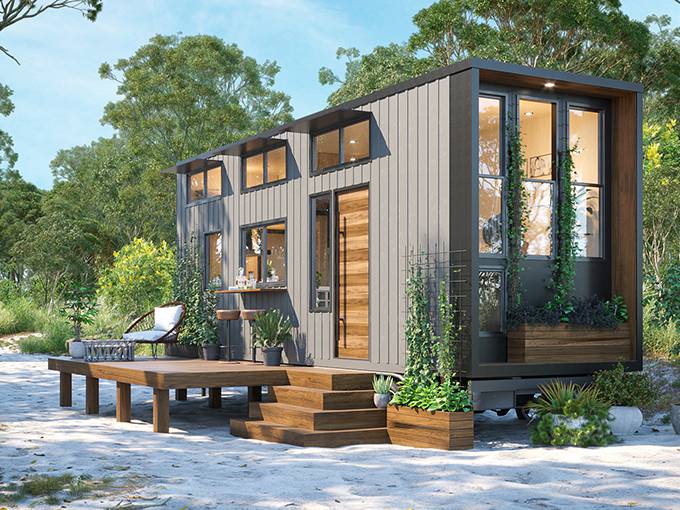
Here are some DIY insulation tips to help you get started:
- Use weatherstripping: Install weatherstripping around doors and windows to create a tight seal and prevent drafts.
- Insulate attic and walls: Adding insulation to your attic and walls can greatly improve energy efficiency by reducing heat transfer.
- Seal gaps and cracks: Use caulk or foam sealant to seal any gaps or cracks in your walls, floors, and ceilings.
- Insulate pipes: Insulating your hot water pipes can help prevent heat loss and reduce the amount of energy needed to heat water.
Proper insulation offers numerous benefits, such as reduced energy consumption, lower utility bills, improved indoor comfort, and a smaller carbon footprint. By implementing these DIY insulation projects, you can take control of your energy usage and create a more sustainable and efficient homestead.
Energy-Saving Techniques
To maximize energy efficiency and minimize air leakage in your homestead, employing effective techniques to seal air leaks is essential. Sealing air leaks is one of the most cost-effective ways to save energy and reduce your carbon footprint. By preventing warm air from escaping during winter and cool air from escaping during summer, you can significantly reduce your heating and cooling costs.
Start by identifying common areas where air leaks occur, such as around windows, doors, electrical outlets, and pipes. Use weatherstripping, caulking, and door sweeps to seal these gaps. Additionally, consider adding insulation to your walls, attic, and basement to further enhance energy efficiency.
These energy-saving tips and eco-friendly home improvements will not only save you money but also contribute to a greener and more sustainable environment.
DIY Weatherstripping Methods
Using effective weatherstripping methods is crucial for sealing air leaks in your homestead and maximizing energy efficiency. By implementing DIY weatherstripping techniques, you can significantly reduce energy waste and lower your utility bills.
Here are two sub-lists of weatherstripping materials that you can use to seal air leaks and improve energy efficiency:
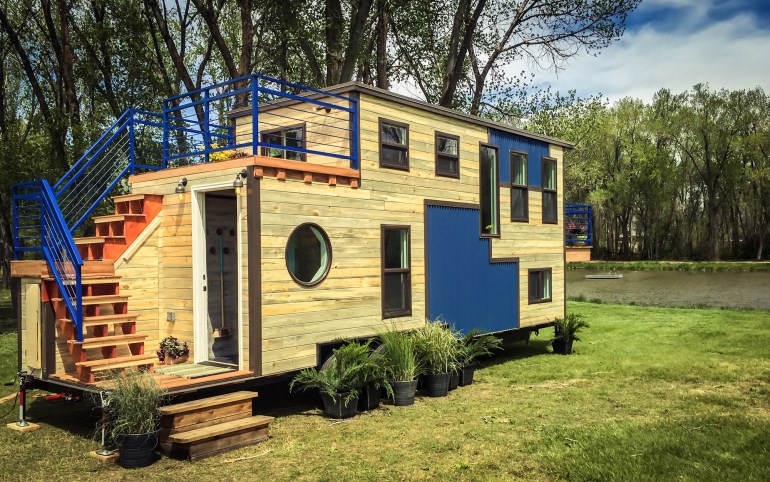
1. Adhesive Weatherstripping Materials:
- Self-adhesive foam tape: Easy to install and provides a tight seal for windows and doors.
- V-seal weatherstripping: Ideal for sealing gaps between windows and doors.
2. Hardware Weatherstripping Materials:
- Door sweeps: Attach to the bottom of doors to seal gaps and prevent drafts.
- Weatherstripping tape: Suitable for sealing gaps in windows and doors.
By using these DIY weatherstripping techniques and materials, you can effectively seal air leaks in your homestead, keeping it comfortable and energy-efficient.
Taking control of your energy usage not only saves you money but also helps you achieve a sense of freedom and self-sufficiency.
Energy-Efficient Appliances
Energy-efficient appliances can significantly reduce energy consumption in your home, ultimately saving you money on your utility bills. When it comes to choosing energy-efficient appliances, there are two key areas to focus on: refrigerators and dishwashers.
Energy-efficient refrigerators use advanced insulation and compressors to minimize energy waste, resulting in lower electricity usage. Look for models with the ENERGY STAR label, which signifies that the appliance meets strict energy efficiency guidelines.
Similarly, energy-saving dishwashers use less water and electricity to clean your dishes, making them a more sustainable option. Look for models with features like soil sensors and eco-friendly wash cycles.

Solar Attic Fans
Solar attic fans provide an effective and eco-friendly solution for improving ventilation and reducing energy costs in your home. Installing solar attic fans comes with several benefits, making it a worthwhile project for any homeowner:
- Energy savings: Solar attic fans are powered by solar panels, eliminating the need for electricity and reducing your dependence on the grid. This can lead to significant cost savings on your energy bills.
- Improved air quality: By increasing air circulation in your attic, solar attic fans help prevent the buildup of moisture and mold, which can have a negative impact on your health and the structural integrity of your home.
- Easy installation: Solar attic fans are relatively easy to install, especially if you already have experience with solar panel installation.
Reducing Phantom Loads
To optimize energy efficiency in your home, one effective step is reducing phantom loads.
Phantom loads, also known as standby power, refer to the energy consumed by electronics and appliances even when they are turned off or in standby mode. These phantom loads can account for a significant portion of your electricity usage and result in unnecessary energy waste.
One practical solution to reduce standby power is to use energy-saving power strips. These power strips are designed with built-in sensors that detect when devices are not in use and automatically cut off power to them, eliminating the energy consumed by standby mode.
Using Energy Monitors
Energy monitors are a valuable tool for homeowners seeking to track and analyze their energy consumption. By using energy monitors, individuals can gain insight into their energy usage patterns and identify areas where they can make improvements to save energy and reduce costs.
Here are a few energy-saving tips for using energy monitors:
- Set energy usage goals: Use energy monitors to set specific goals for reducing energy consumption, such as lowering energy usage by a certain percentage each month.
- Monitor real-time usage: Energy monitors provide real-time data on energy usage, allowing homeowners to see the immediate impact of their actions and make adjustments accordingly.
- Identify energy-hungry appliances: Energy monitors can help identify appliances that consume excessive energy, enabling homeowners to prioritize energy-saving upgrades or replacements.
- Track progress: Regularly monitor energy usage data to track progress towards energy-saving goals and identify trends that require attention.
Using energy monitors empowers homeowners to take control of their energy consumption and make informed decisions to achieve energy efficiency and freedom.

Frequently Asked Questions
How Much Money Can I Expect to Save by Implementing These DIY Energy Efficiency Projects?
Implementing these DIY energy efficiency projects can result in significant cost savings and a positive return on investment. By reducing energy consumption, homeowners can expect to see their utility bills decrease and enjoy long-term financial benefits.
Are There Any Specific Government Incentives or Rebates Available for These Projects?
Yes, there are various government incentives and rebates available for energy efficiency projects. These incentives aim to promote sustainable practices and reduce energy consumption. Eligibility and specific details may vary, so it is advisable to research and consult relevant government programs and agencies.
Can I Install Energy-Efficient Windows Myself, or Should I Hire a Professional?
When considering the installation of energy-efficient windows, it is important to weigh the benefits of DIY versus professional installation. While DIY may save on labor costs, hiring a professional ensures proper installation and may be more cost-effective in the long run.
Are There Any Specific Safety Considerations or Precautions I Should Be Aware of When Installing Solar Attic Fans?
When installing solar attic fans, it is important to take safety precautions. Ensure proper electrical wiring and grounding, follow manufacturer's instructions, and use appropriate protective gear. Proper installation tips can be found in the product manual or by consulting a professional.
What Are Some Other Benefits of Using Energy Monitors Besides Reducing Energy Consumption?
Using energy monitors offer various benefits besides reducing energy consumption. They allow you to track usage patterns, identify energy-wasting appliances, and promote cost-effectiveness. Additionally, they contribute to a positive environmental impact by promoting energy conservation.
 Family Craft ProjectsHome ImprovementCooking and BakingReuse and RecycleDIY GiftsEco-Friendly ProjectsDIY Home SolutionsSeasonal ActivitiesFun and GamesLearn TogetherPrivacy PolicyTerms And Conditions
Family Craft ProjectsHome ImprovementCooking and BakingReuse and RecycleDIY GiftsEco-Friendly ProjectsDIY Home SolutionsSeasonal ActivitiesFun and GamesLearn TogetherPrivacy PolicyTerms And Conditions
